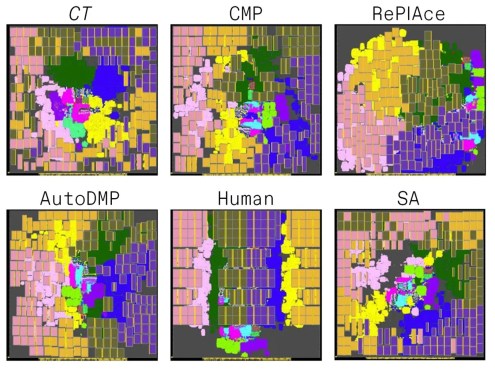Google AI Chip Design leads to a drama fueled trainwreck
Who would think something like improving a chip design tool would cause the International Symposium on Physical Design (ISPD) to get so out of hand it was called a “trainwreck” and an “ambush” of the presenters.
The crux of the clash was whether Google’s AI chip design layout solver was really better than those of humans or state-of-the-art algorithms. In the end, there was a firing and a wrongful termination lawsuit with Google, a team re-doing a years worth of work, ugly accusations and drama, and 2 AI researchers leaving a promising field of AI improved chip design due to the conflict.

The argument involved a lot of factors like comparing different chip placement algorithms, results of reinforced learning, initial placement bias, metrics of success such as wire length, annealing, and general benchmarks – but in the end resulted in a circus of accusations, lawsuits, and drama.
Read more about it here on the IEEE article
